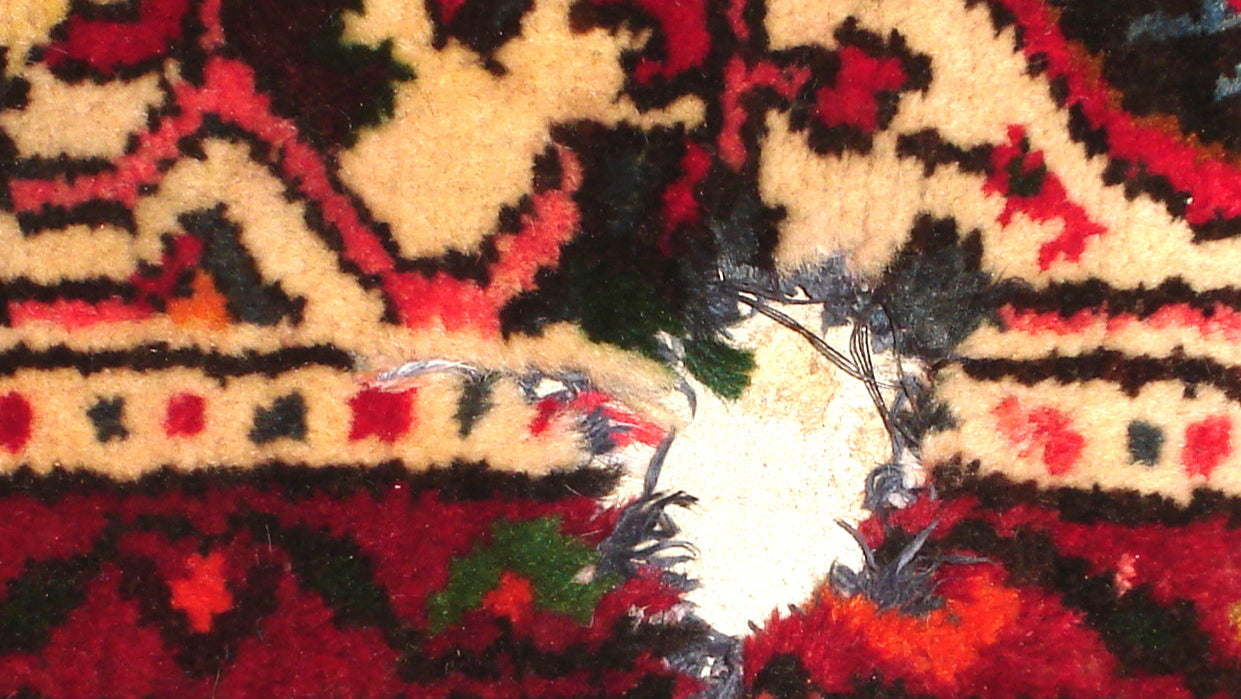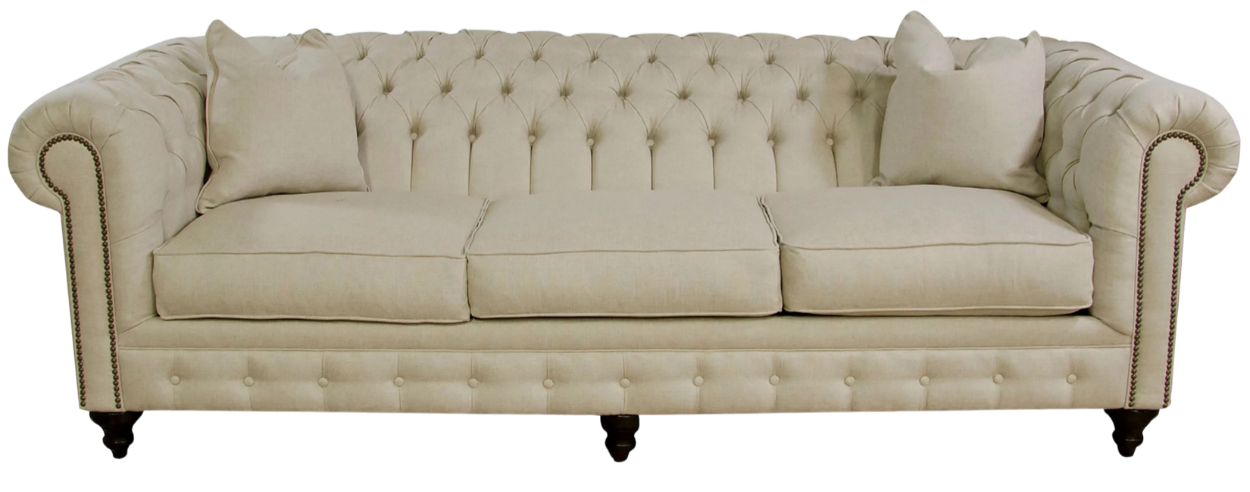Your Cart is Empty
Caring for Your Rug: Protect Your Investment
Proper care keeps your rug looking beautiful and extends its lifespan for generations.
Keep Your Rug Looking It's Best
Read Our Guide
Routine maintenance is the key to preserving your rug's beauty and longevity. Simple habits, like regular vacuuming and rotating your rug, help prevent uneven wear and maintain its vibrant colors.
Best Practices for Routine Care:
- Vacuum Regularly: use suction-only setting to avoid damaging the fibers
- Rotate Every 6-12 Months (prevents uneven wear and sun exposure)
- Use Rug Pads: Adds cushioning and protects against slipping and abrasion
✅ Pro Tip: Avoid using beater bars or rotating brushes when vacuuming hand-knotted or heirloom rugs, as they can cause premature wear.
Spot Cleaning - Quick Action Prevents Lasting Damage
Accidents happen—but quick action can prevent stains from setting. Always blot spills with a clean cloth and avoid rubbing, which can push stains deeper into the fibers. For stubborn stains, refer to our for step-by-step solutions:
Blot, Don't Rub - gently absorb the spill without spreading it
Use Mild Detergents - harsh chemicals can damage fibers
Test First - always test a small area before applying any cleaning solution
Need More Help? Our comprehensive Rug Cleaning Guide covers everything from removing tough stains to deep cleaning heirloom rugs.
Get the Guide
Guard Against Wear and Tear
Learn About Rug Pads
Protecting your rug from everyday wear ensures it remains a treasured part of your home for years. Here are a few keys to keeping your rug in top condition!
- Use Rug Padsto reduce friction and prevent slipping.
- Address Spills Quickly
- Limit Sun Exposure by rotating rugs regularly.
- Trim Pet Nailsto prevent snags and fiber damage.
✅ Pro Tip: Direct sunlight can cause gradual fading, especially in natural fiber rugs. Consider UV-filtering window treatments to minimize exposure.
Deep Cleaning for Longevity
Time for a deeper clean
Request a Cleaning
Even with regular maintenance, rugs benefit from a professional deep cleaning every 2-4 years. Deep cleaning removes embedded dirt and restores the fibers, helping your rug maintain its softness and color vibrancy.
When to Schedule a Deep Clean:
- High traffic area rugs need more frequent cleaning.
- After pet accidents or spills that may leave lingering odors
- When the rug shows signs of dullness or dirt buildup
- If your rug is handmade, vintage, or antique
Storing Rugs When Not In Use
When storing your rug, ensure it is clean and dry to prevent damage from pests or moisture. Roll the rug tightly and wrap it in breathable material like cotton or muslin to protect it from dust.
Storage Best Practices:
Clean Before Storing: Remove dirt and odors that can attract pests.
Avoid Plastic Wraps: Opt for breathable fabric to prevent moisture buildup.
Elevate Off the Ground: Keeps your rug safe from potential water damage.
✅ Pro Tip: For long-term storage, add moth repellents or cedar blocks to protect against pests.

Professional Care - When to Call in the Experts
Trust Professionals for Delicate Rugs
For heirloom, hand-knotted, silk, vintage, or antique rugs, professional care is essential to ensure their structure and fiber integrity remains intact. Over time, even the finest rugs may experience wear, fraying, or color fading. Expert cleaning and restoration can revitalize delicate fibers, repair minor damage, and ensure your rug remains a lasting investment.
Seek professional help whenever you have tough stains or embedded dirt that won't lift with regular cleaning. Restoration of vintage or antique rugs can include reweaving damaged sections, fringe repair, and edge reinforcement to prevent further wear. For more advice on cleaning, repairing, or protecting your rug, speak to one of our showroom experts!
Contact UsExtend The Life of Your Rug
Regular maintenance and occasional professional care ensure your rug remains a cherished part of your home for generations. By understanding the best practices for cleaning, storing, and protecting your rug, you're safeguarding not only its appearance but also its value.
That's a wrap!
Thank you for joining us on this journey through the art, history, and value of handmade rugs.
Missed a section of the series? That's okay! We put everything in one place for you to easily navigate to any section you missed - or want to revisit!
View Entire Series




